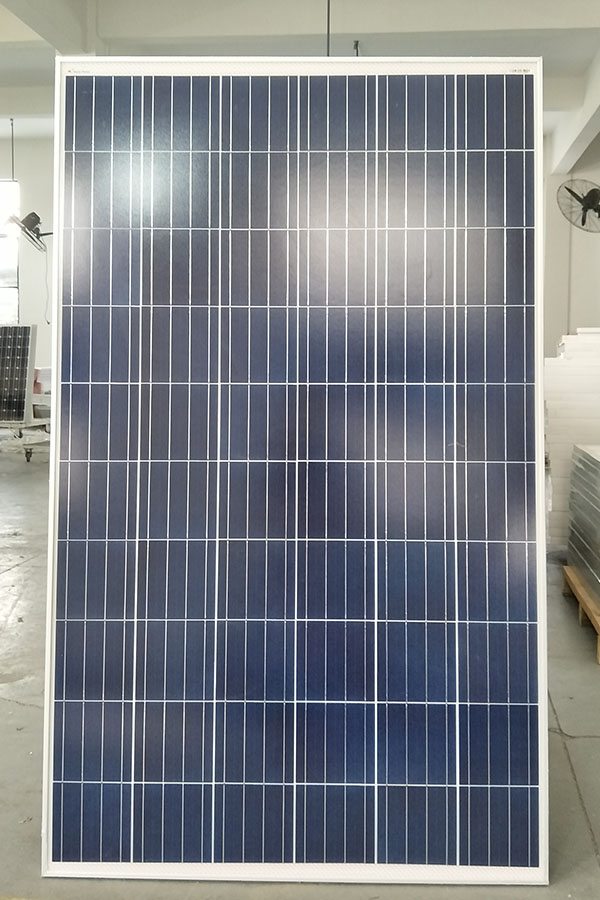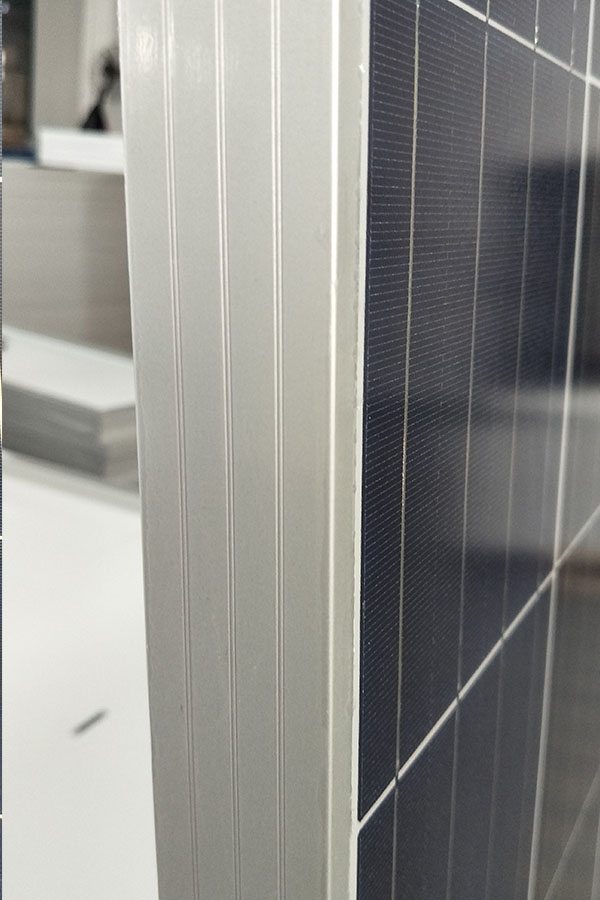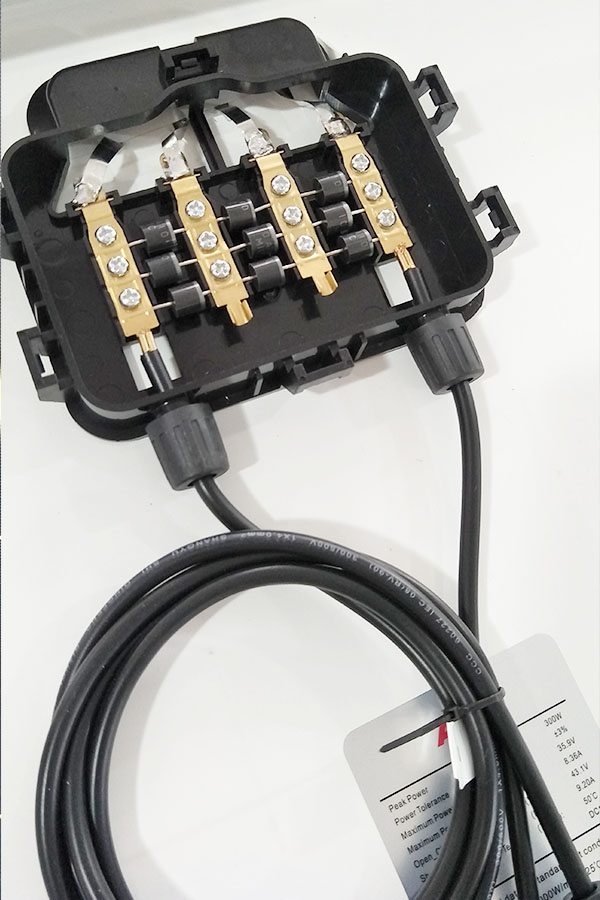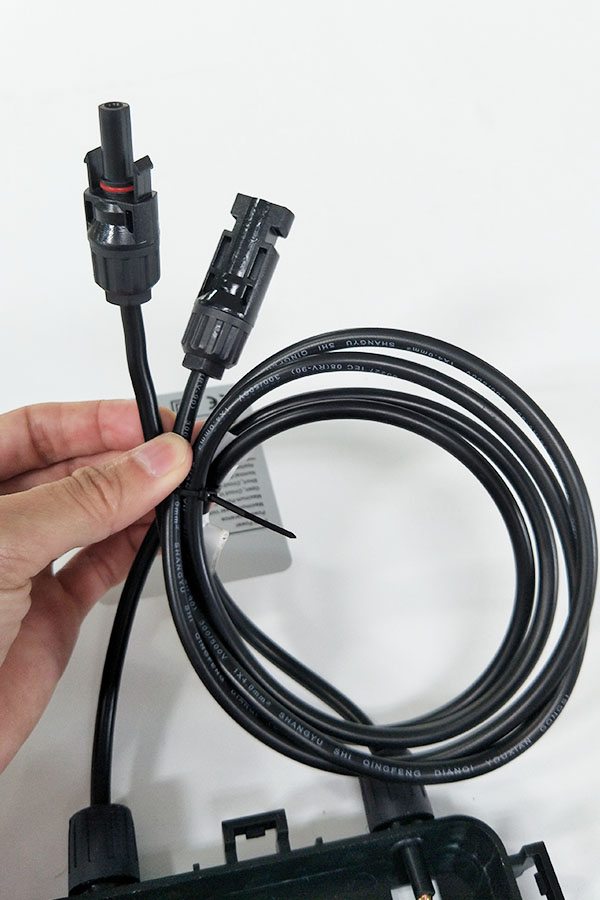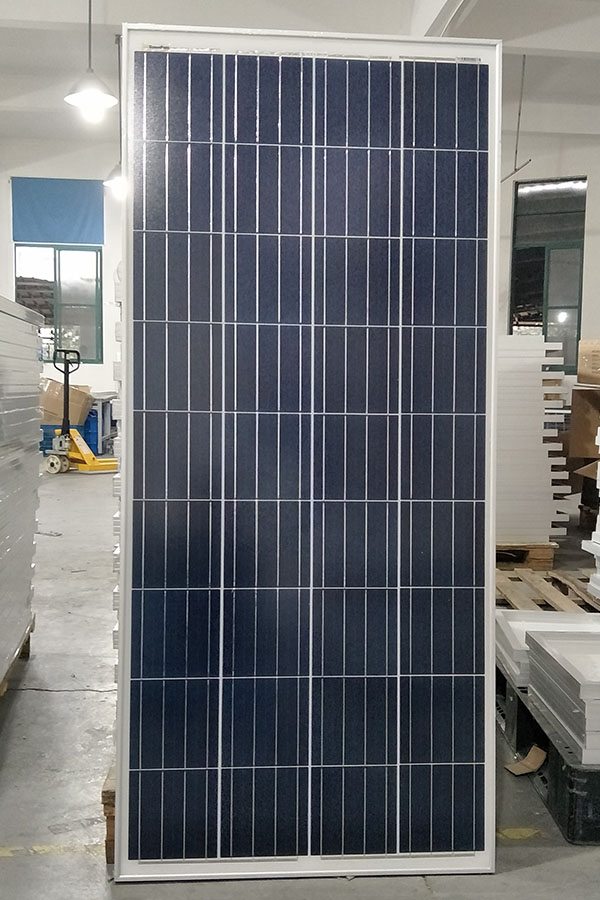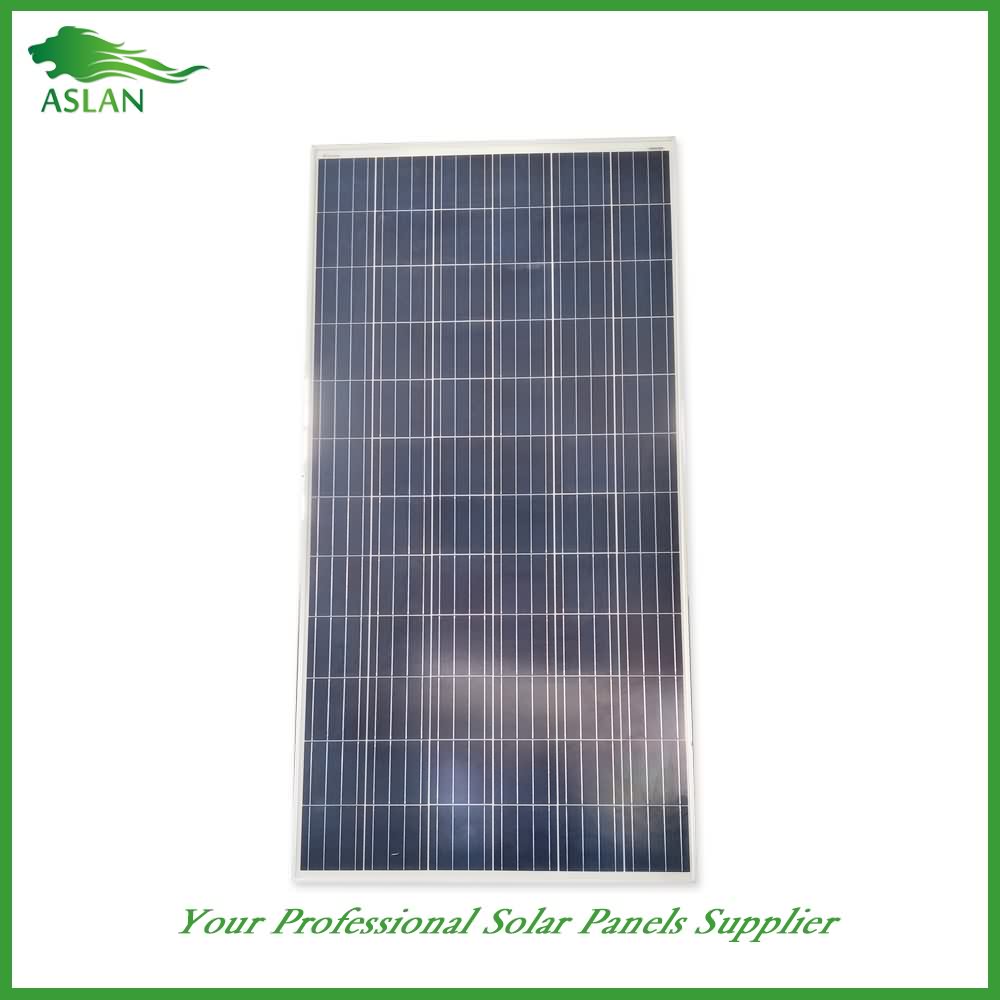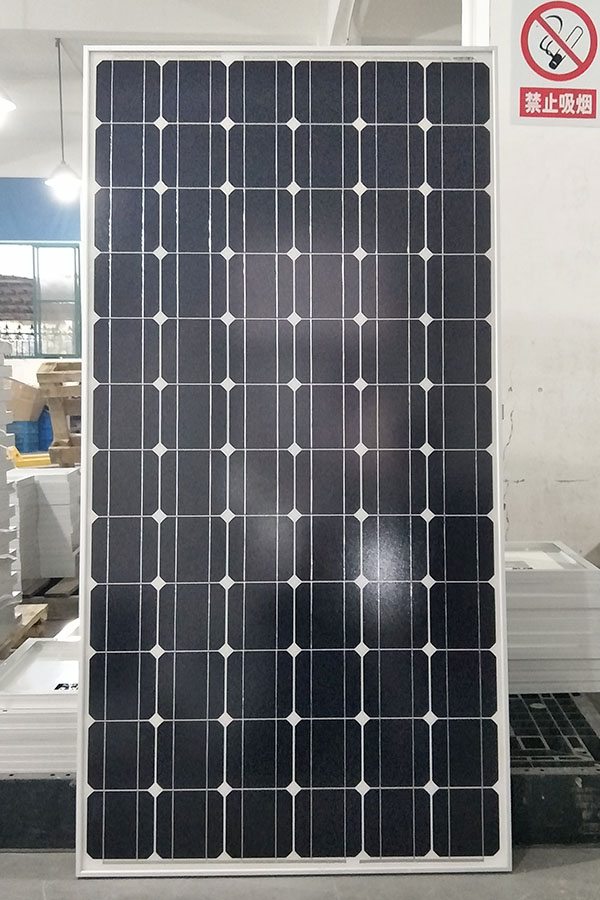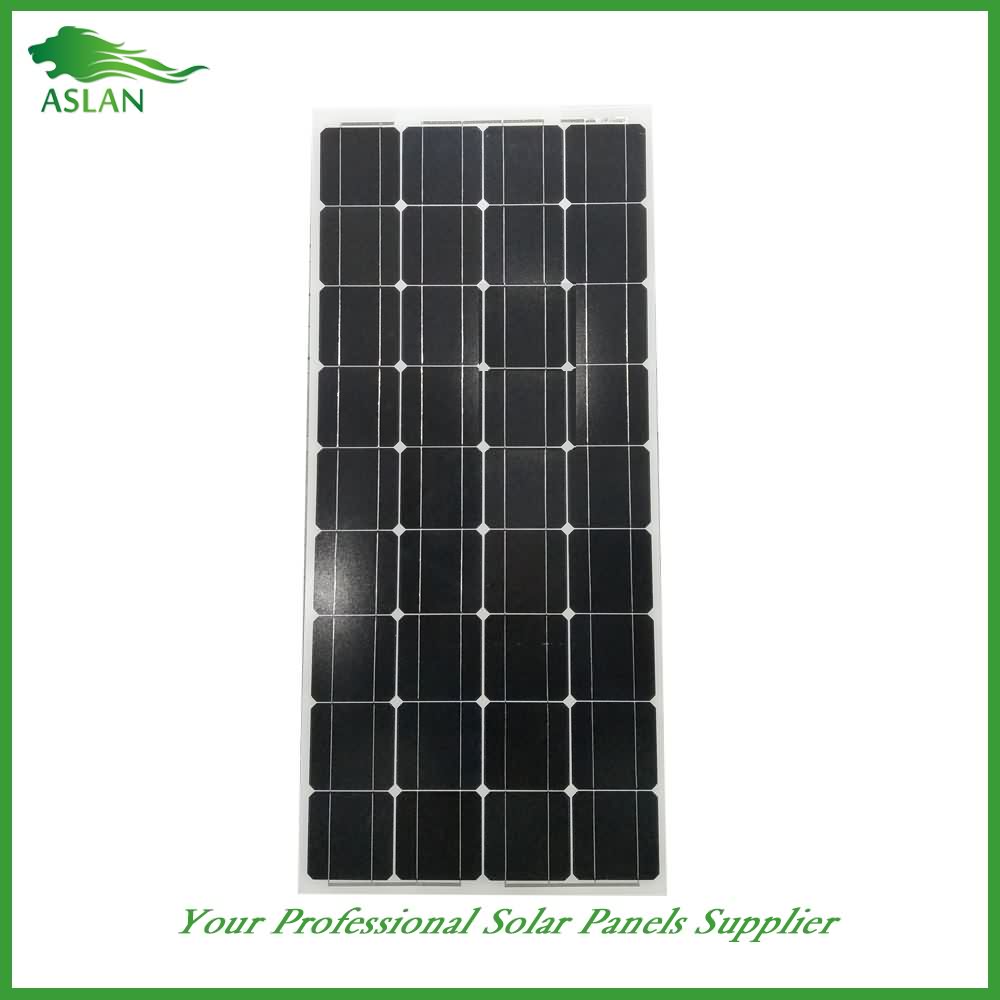5 Years manufacturer Poly-crystalline Solar Panel 250W Supply to Vietnam
Short Description:
Our products are widely recognized and trusted by users and can meet continuously changing economic and social needs for 5 Years manufacturer Poly-crystalline Solar Panel 250W Supply to Vietnam, We always welcome new and old customers presents us with valuable advice and proposals for cooperation, let us grow and develop together, and to contribute to our community and staff!
Poly-crystalline Solar Panel 250W
Technical parameter
Maximum Power(W) 250W
Optimum Power Voltage(Vmp) 30.25V
Optimum Operating Current(Imp) 8.26A
Open Circuit Voltage(Voc) 36.61V
Short Circuit Current(Isc) 8.89A
Mechanical Characteristics
Cell Type Polycrystalline 156x156mm (6 inch)
No of Cell 60 (6x10pcs)
Dimensions 1640x990x40mm
Weight 18.5KGS
Front Glass 3.2mm,High Transmission, Low Iron,Tempered Glass
Junction box IP65 Rated
Output Cable TUV 1×4.0mm2/UL12AWG,Length:900mm
Temperature and Coefficients
Operating Temperature(°C): -40°C ~ + 85°C
Maximum System Voltage: 600V(UL)/1000V(IEC) DC
Maximum Rated Current Series: 15A
Temperature Coefficients of Pmax: -0.47%
Temperature Coefficients of Voc: -0.389%
Temperature Coefficients of Isc: 0.057%
Nominal Operationg Cell Temperature (NOCT): 47+/-2°C
Materials of solar panel
1).Solar Cell——Polycrystalline solar cell 156*156mm
2).Front Glass——-3.2mm, high transmission, low iron, tempered glass
3).EVA——-excellent anti-aging EVA
4).TPT——-TPT hot seal made of flame resistance
5).Frame——anodized aluminum profile
6).Junction Box——-IP65 rated, high quality, with diode protection
Superiority: high quality anodized aluminum frame, high efficiency long life, easy installation, strong wind resistance, strong hail resistance.
Features
1. High cell efficiency with quality silicon materials for long term output stability
2. Strictly quality control ensure the stability and reliability, totally 23 QC procedures
3. High transmittance low iron tempered glass with enhanced stiffness and impact resistance
4. Both Poly-crystalline and Mono-crystalline
5. Excellent performance in harsh weather
6. Outstanding electrical performance under high temperature and low irradiance
Quality assurance testing
Thermal cycling test
Thermal shock test
Thermal/Freezing and high humidity cycling test
Electrical isolation test
Hail impact test
Mechanical, wind and twist loading test
Salt mist test
Light and water-exposure test
Moist carbon dioxide/sulphur dioxide
CLICK HERE – http://www.rv-solarpanels.net
The HQRP Solar Panel is one of many solar panels on the market today but this one is fully flexible to an incredible 30percent.
To find out the best deals on the HQRP solar panel and others go to
http://www.rv-solarpanels.net
http://www.rv-solarpanels.net/solar-torrent-45w-mono-crystalline-solar-panel/
http://www.rv-solarpanels.net/hqrp-30w-flexible-solar-panel-power-30-watt/
http://www.rv-solarpanels.net/unisolar-68-watt-flexible-solar-panel-pv-laminate/
http://www.rv-solarpanels.net/hqrp-50w-mono-crystalline-solar-panel-50-watt/
http://www.rv-solarpanels.net/sunforce-50033-15-watt-solar-charge-kit/
Film made by Cadenza Film Productions
http://www.cadenza.co.il/
Prof. Avner Rothschild and his research team in the Technion Faculty of Materials Science and Engineering have made a breakthrough in solar fuels. Using the power of the sun and ultrathin films of iron oxide (commonly known as rust), the researchers have found a novel way to split water molecules into hydrogen and oxygen. The breakthrough, published this week in Nature Materials, could lead to less expensive, more efficient ways to store solar energy in the form of hydrogen-based fuels. This could be a major step forward in the development of viable replacements for fossil fuels. “At the end of the day, we would like to substitute solar energy for oil,” Rothschild has said.
“Our approach is the first of its kind,” says lead researcher Rothschild. “We have found a way to trap light in ultrathin films of iron oxide that are 5,000 times thinner than typical office paper. This is the enabling key to achieving high efficiency and low cost. ”
The research was carried out, in the Electroceramic Materials & Devices Laboratory; and at the Photovoltaics Laboratory. Both labs are supported by the Russell Berrie Nanotechnology Institute (RBNI) and by the Grand Technion Energy Program (GTEP).
Nature Materials article “Resonant light trapping in ultrathin films for water splitting”.
http://www.nature.com/nmat/journal/vaop/ncurrent/pdf/nmat3477.pdf
Follow this link to learn more about Technion: http://pard.technion.ac.il
